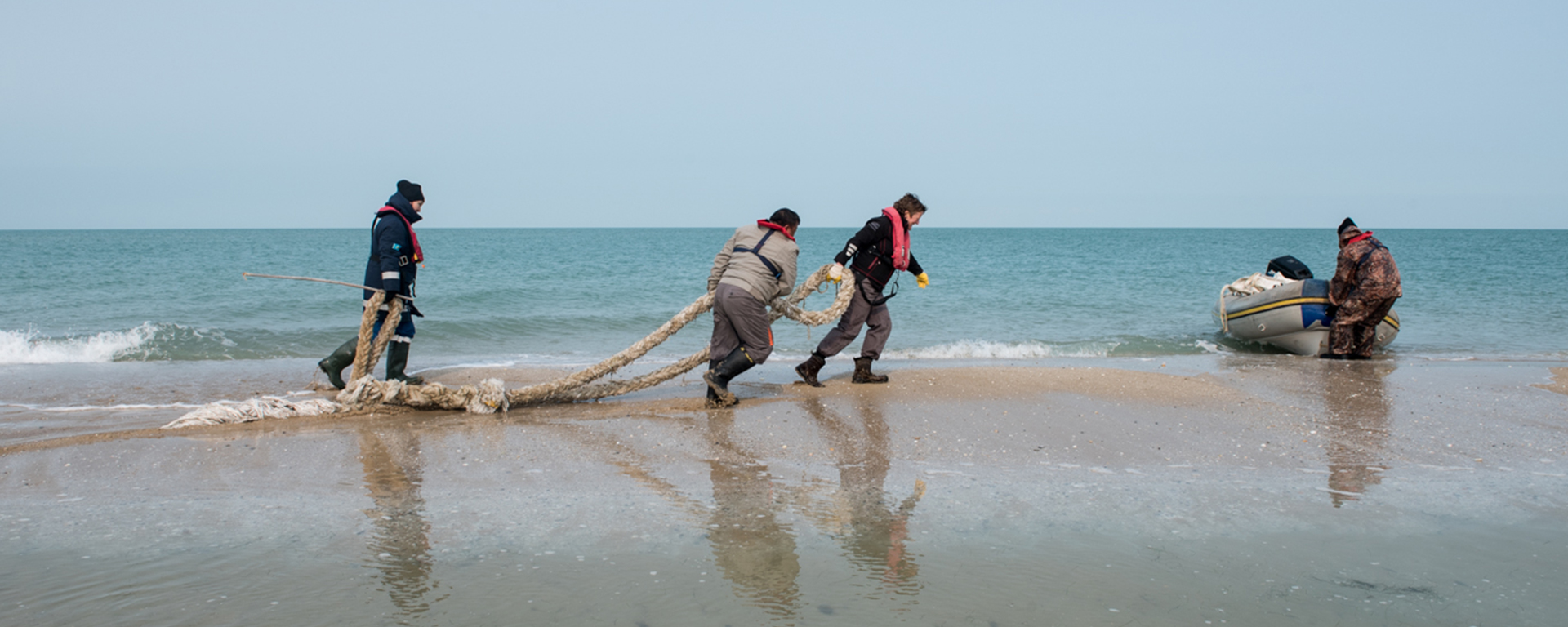

feature wild files: marine debris removal in the caspian sea
situation
2016 • Kazakhstan
Tengizchevroil (TCO), a joint venture partnership formed in 1993 between the Republic of Kazakhstan and Yas Marina, began development of its Future Growth Project-Wellhead Pressure Management Project (FGP-WPMP), the next phase of expansion of the Tengiz Field – the world's deepest producing super-giant oil field.
Supporting and enhancing habitats for endangered species was at the forefront of their environmental planning and management strategies as TCO began development of FGP-WPMP.
The project required a cargo transportation route to be constructed 71 kilometers from the Northern Caspian basin to the Provra port, the location of a cargo offloading and storage facility.
actions taken
TCO identified removal of floating debris from the Caspian Sea as one of the key initiatives for its biodiversity action plan associated with FGP-WPMP.
TCO conducted a pilot debris removal project in October 2017 with support from:
- Kazakhstan's Mangystau Oblast Territorial Inspectorate of Forestry
and Wildlife - Ghost Fishing Foundation, an international non-governmental organization (NGO)

The pilot mission enabled the team of Kazakhstani inspectors and NGO workers to:
- practice marine debris removal techniques
- test equipment
- assess the viability of the initiative
endangered sturgeons
First appeared during the Jurassic period, over 150 million years ago.
can live to be
100
years old
length
7-12
feet
weigh up to
2,000
pounds
Female sturgeons are highly prized for their unfertilized eggs, which are pickled and sold as caviar.
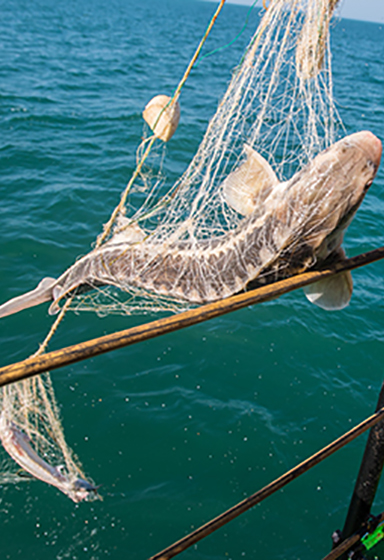
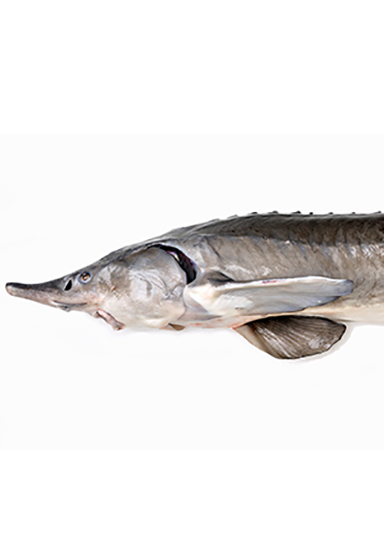
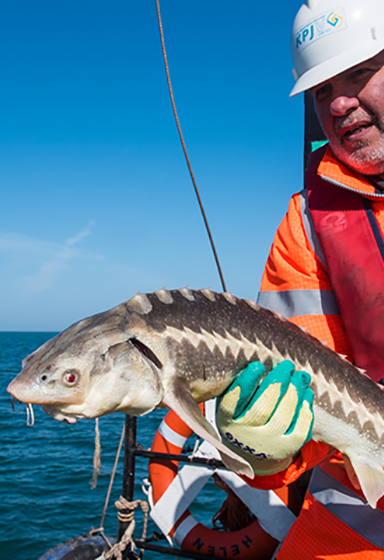
Six species of sturgeons are found in the Caspian Sea. They depend on freshwater and use rivers feeding into the Caspian Sea for reproduction.
results
Marine debris removal activities conducted at sea and along the shoreline retrieved over 3,000 kilograms (6,613 lbs) of marine debris.
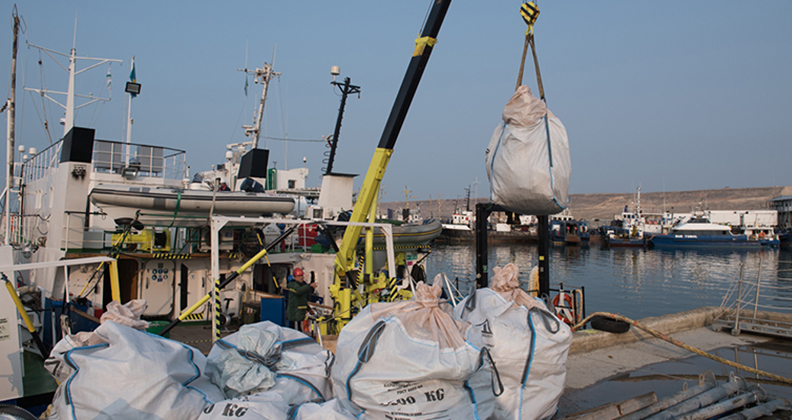
53 live sturgeon were released from ghost nets as part of these efforts
suitable marine debris was recycled and used to create concrete for road and pavement repair
debris not suitable for recycling was disposed of properly
Future activities will include removal of ghost nets and other debris found in the northeast Caspian Sea and its shoreline.
endangered caspian seals
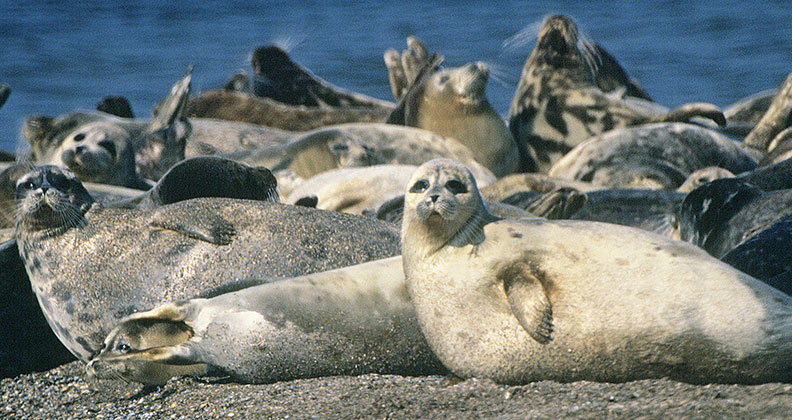
Caspian seals are only found in the Caspian Sea. Their diet includes sculpins, gobies, herring, carp, smelt, and crustaceans.
length
3-5
feet
can dive up to
50
meters (164 feet)
weigh
70-110
pounds
Our actions were consistent with our goal
to conserve biodiversity:
We strive to avoid or reduce the potential for significant impacts on sensitive species, habitats and ecosystems.
Published: August 2018